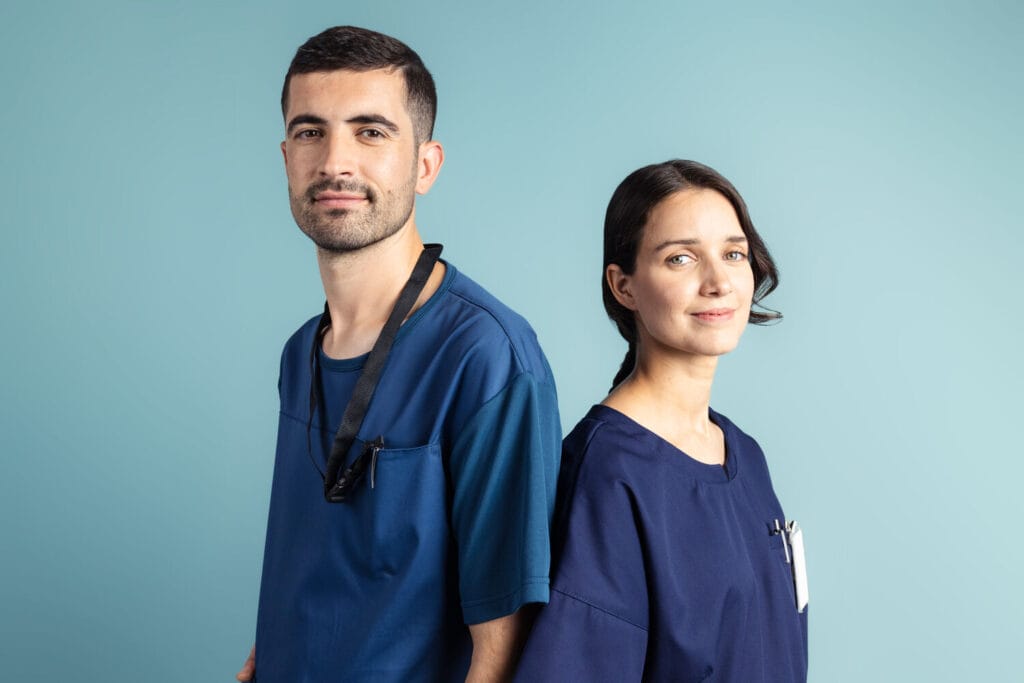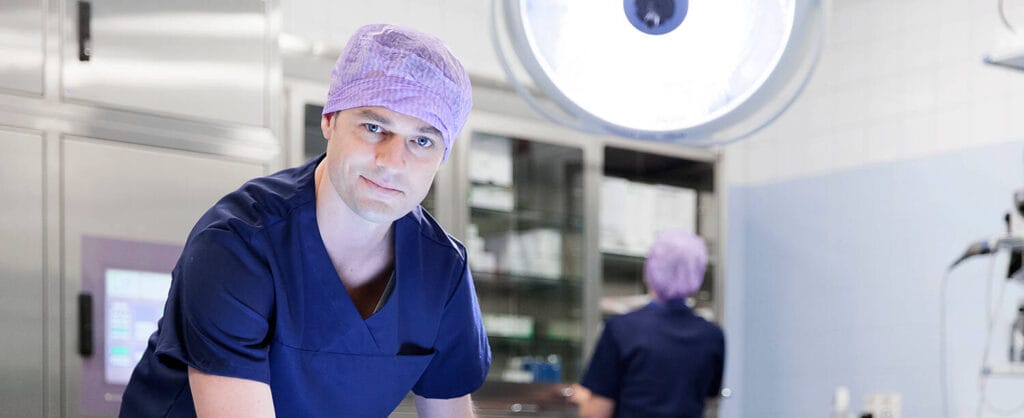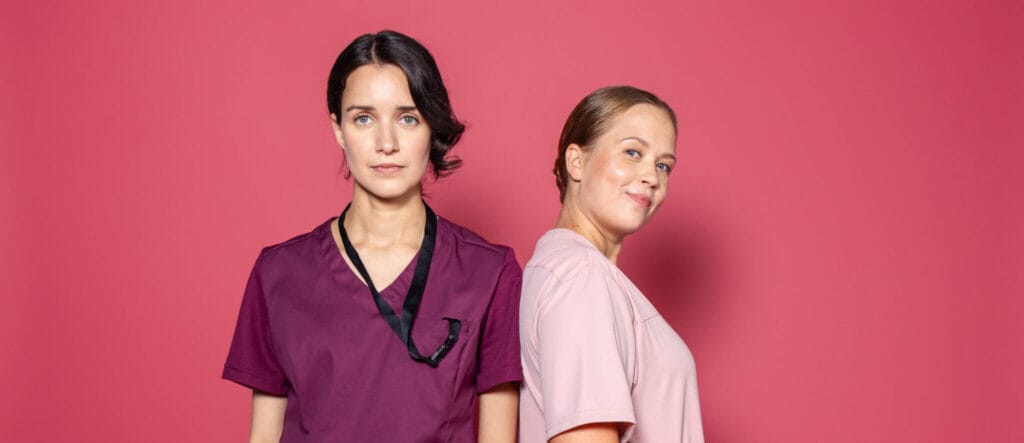
The future of healthcare and social care: how AI, hygiene and sustainability are reshaping the sector
What lies ahead for the healthcare and social care sector? This question was at the heart of a recent Lindström webinar, which brought together top Finnish experts to explore the sector’s most pressing challenges.
The panel discussed key topics such as hygiene, digital solutions and resource management. They also answered more than ten questions from the audience. Speakers included:
- Katariina Kainulainen, Head of Department of Infection Prevention at HUS – Helsinki University Hospital, the largest healthcare provider in Finland.
- Kirsi Saukkonen, Senior Scientist at LED Tailor – a Finnish company specialising in light-based disinfection technology.
- Minna Nissinen, Development Director at Attendo – a leading private provider of health and social care services in the Nordics.
- Jussi Leskinen, Chief Operating Officer at Comforta – a Lindström subsidiary delivering textile services for healthcare and hospitality sectors.
New challenges and critical concerns
The healthcare sector is constantly facing new challenges, many of which are global and have a direct impact on healthcare in Finland. Kainulainen raised serious concerns about the spread of resistant microbes and dangerous yeast strains.
We are now seeing something new both in specialised care and beyond. Hospital drainage pipes are full of multi-resistant bacteria that are immune to antibiotics, and patients are catching them simply by using the toilet. Globally, there have been serious outbreaks caused by bacteria spreading from sinks or toilets in intensive care, transplant or haematology units. Since we cannot clean the pipes, we must find other ways to manage the situation.
Katariina Kainulainen.
Sustainability through everyday action
The webinar highlighted sustainability with practical examples, such as HUS’s successful campaign to reduce glove use.
Disposable sterile gloves are one of the most environmentally damaging items in hospital care. At HUS, gloves account for nearly 10 percent of all mixed waste, which is equivalent to the weight of 50 male elephants.
Katariina Kainulainen.
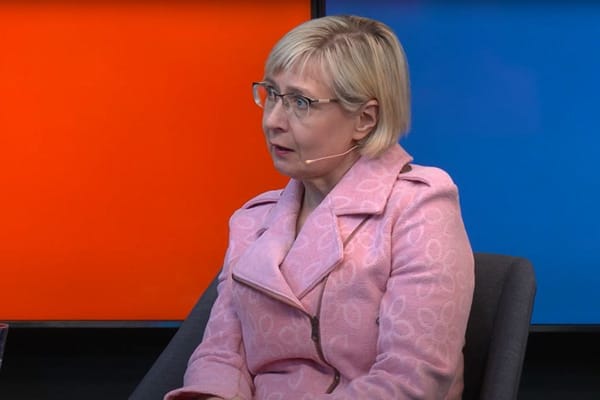
During a two-year campaign, HUS managed to reduce disposable glove use by 44 tonnes. This shows that small, practical changes can lead to significant improvements in sustainability.
There were many other examples of concrete actions making a difference.
In social services, meals play a big role. When it comes to food waste, there is a lot we can do. These actions may seem small or ordinary, but they matter, and they do not always require major investment.
Minna Nissinen.
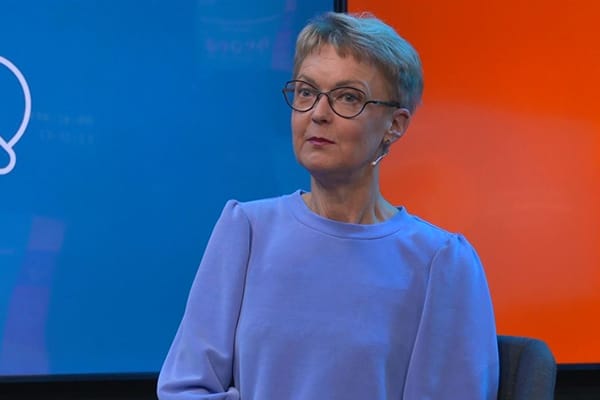
Automation and AI supporting efficiency and better care
Healthcare is moving forward too. Robots perform surgeries and floor cleaning machines wash the floors. When it comes to surface hygiene, especially disinfection, we’re starting to see automated solutions as well.
Kirsi Saukkonen.
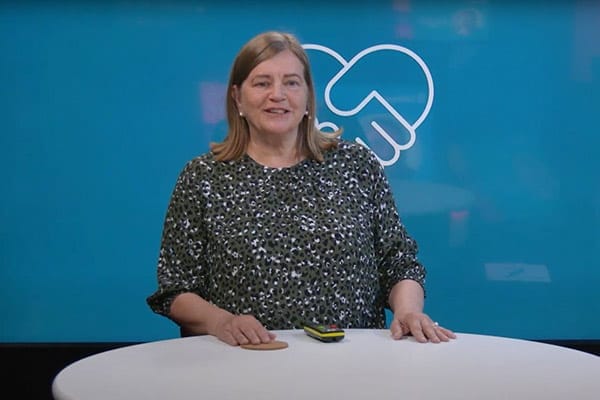
Saukkonen hoped that automation would continue to progress, leading to a situation where healthcare staff could see in advance what illnesses are present in different rooms and wards. This would help ensure greater safety and efficiency in care work.
Nissinen, in turn, presented a concrete and practical innovation showing how artificial intelligence and smart automation can be harnessed to improve work productivity.
More than half of working time in care homes is spent on tasks other than interacting with residents. Most of that time goes into background work and administration. Ten percent of all working time is spent on documentation alone. We wanted to rethink documentation and brought in AI and software robotics. The solution is a voice-based documentation app that turns natural speech into a structured entry suggestion. The worker approves it and software robotics transfer it into the resident management system.
Minna Nissinen.
Using AI and voice documentation, Attendo cut the time spent on documentation by more than half. Staff felt less burdened, and the quality of records improved significantly. This also helped improve the overall quality of care. The same technology can be used in many other sectors outside of healthcare.
The speakers identified several ways that technology could help save time and free up more opportunities for patient interaction.
We hope that in the future, digital tools and sensors will help us detect when items need replacing or when a deeper clean is needed. For this, we need new types of tools.
Kirsi Saukkonen.
Partnerships and responsibility as success factors
Jussi Leskinen emphasised the importance of strong partnerships and embedding responsibility in the everyday practices of care organisations.
A responsible partner helps you act responsibly. For example, choosing a supplier with a proven low carbon footprint can support health centres in meeting their own environmental targets.
Responsibility is not just a trend, it is a necessity. Reliable partners help ensure hygiene and sustainability goals are met.
Looking ahead
The webinar offered a clear message. The future of healthcare and social care can be positive, but only if the sector is willing to adopt new technologies and ways of working. Artificial intelligence, automation, responsibility and sustainable innovation are not just visions of the future. They are practical solutions available now.
